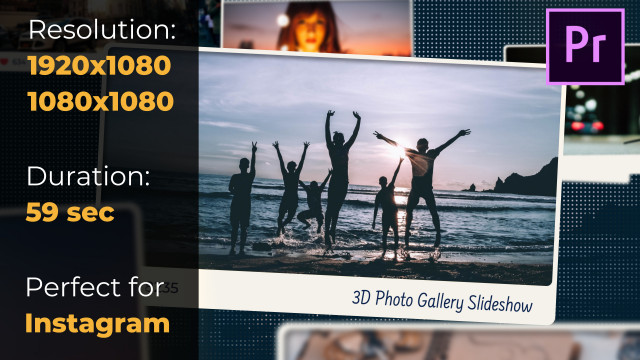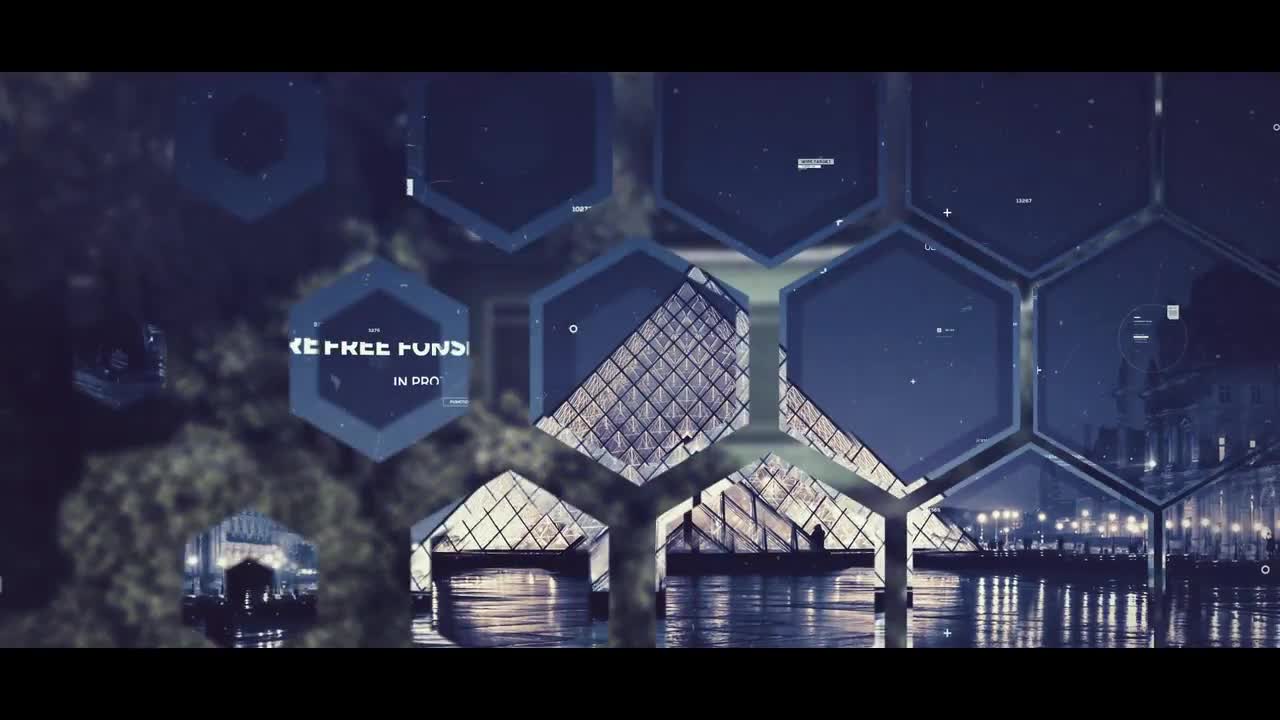
The bones of the slideshow have been edited, a music track and photos. Cut your edits so that they land on steady beats in the music, letting the music drive the slideshow’s changing images. Lay in your music to this base layer of images and then adjust the timing of the edits between images to the music cue. If you have a specific order you’d like the slideshow’s images to be in, now’s the time to shuffle them around. Next up may be the easiest step – just drag and drop your photos into a new sequence. You can still trim or extend the individual photos in your sequences as needed. This setting tells Adobe Premiere what length it should make all images imported into the program. Under Edit > Preferences > Timeline, set the “Still Image Default Duration” to a length you like. Now warming up for the slideshow edit, we first need to look at Premiere Pro’s Timeline Preferences.

Using these settings, Photoshop will create a new folder, “JPEG”, in the source images folder that holds the converted images. Make sure to create or install the 72 dpi action prior to opening the Image Processor.

We’re going to use it to batch convert all of our slideshow images into the proper spec using the settings below. The image processor automates basic tasks of converting image types, changing image dimensions, and applying custom actions. Photoshop Saves the DayĪdobe Photoshop has a nifty feature hidden in its File menu under File > Scripts > Image Processor. If you don’t want to create your own, feel free to download the 72 dpi action I created at the bottom of this post and follow along here to learn how to install it. Your computer will thank you for using less pixels anyway.īefore prepping the slideshow’s images, be sure to set a Photoshop Action that resamples the image to 72 dpi. I’ll admit the frame size is conservative, but if I’m not delivering a 4k/6K/8K slideshow and don’t plan on punching into an image, then there’s no need for the jumbo size. I generally try to keep any still images I use in an edit to these specs: The better way is to do a little bit of upfront work on your images to avoid popping painkillers.

I’m not saying it can’t be done, I’m just saying it’s a leading cause in headaches in editors. It doesn’t matter if you’re working in Adobe Premiere, Avid, Final Cut Pro, DaVinici Resolve, or something else, most images straight out of a digital camera will cause your computer’s processor to go bananas if you try to edit with them because their dimensions and DPI (dots per inch) are gigantic. Take me to the free downloads already!!! Prep Images Before Editingīefore starting on your slideshow journey, I’d highly recommend prepping your images for use inside your NLE of choice.


 0 kommentar(er)
0 kommentar(er)
